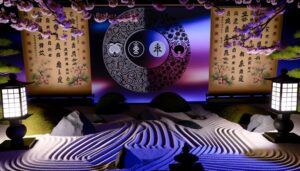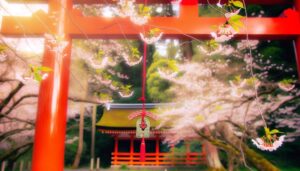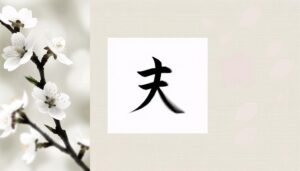What Is the Japanese Symbol for Positivity and Happiness?
The Japanese symbol for happiness, 幸 (kou), transcends mere joy, imbued with deep cultural and historical layers. Rooted in Shinto and Buddhist beliefs, it underscores the Japanese aspiration for balance, gratitude, and contentment.
Historically, it evolved through epochs, reflecting samurai honor, communal well-being, and modern ideals. Today, 幸 is prevalent in art, festivals, and modern design, promoting harmony with nature and communal peace.
It seamlessly integrates into daily life, from decor and fashion to meditation practices, embodying positivity. Those intrigued by its profound significance in diverse contexts will find a tapestry of cultural insights unfolding further.
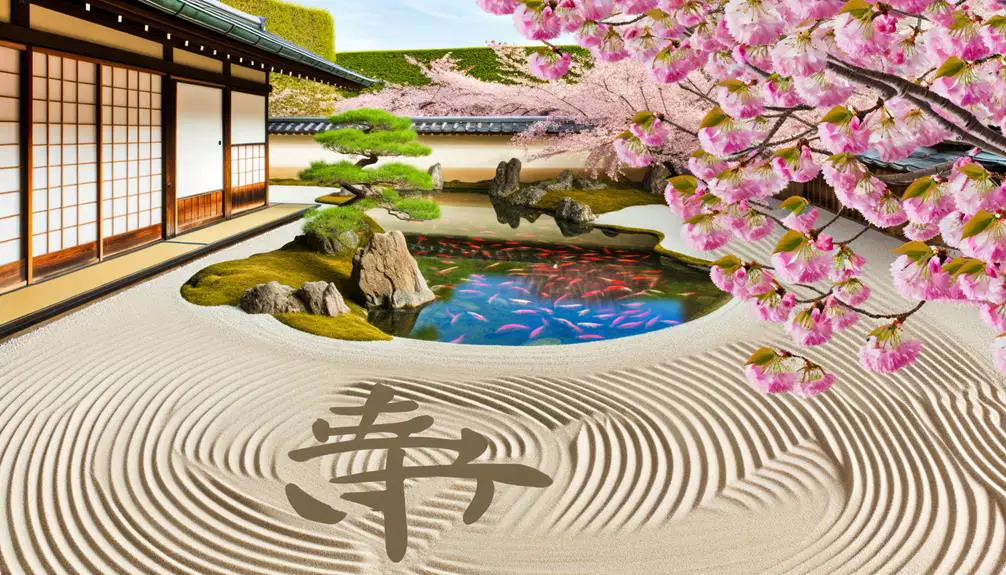
Key Takeaways
- The Japanese symbol for happiness, 幸 (kou), is deeply rooted in Shinto and Buddhist beliefs.
- It signifies virtues like gratitude and contentment, promoting a balanced and fulfilling life.
- The symbol appears in festivals, family ceremonies, and traditional art, reflecting communal well-being.
- Modern interpretations include its use in digital communications, fashion, and branding for positivity.
- Displaying or wearing the symbol fosters serenity and harmony in daily life.
Meaning of the Symbol
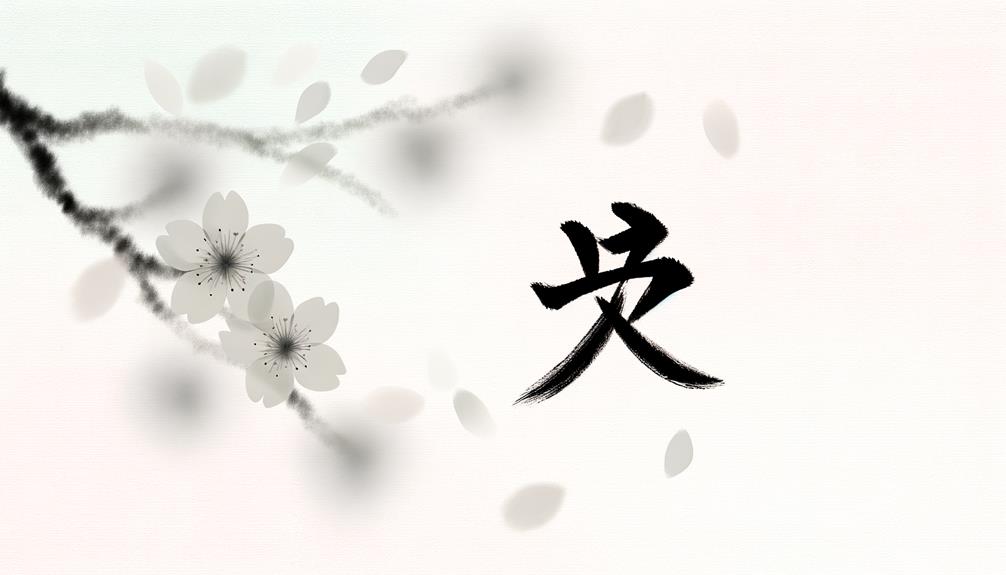
The Japanese symbol for happiness, 幸 (kou), embodies a profound cultural significance, deeply rooted in the philosophical and spiritual traditions of Japan.
This kanji character is intricately linked to Shinto and Buddhist beliefs, reflecting a harmonious balance between earthly well-being and spiritual fulfillment.
In Japanese culture, happiness is not merely a fleeting emotion but a state of being achieved through the alignment of one's life with virtues such as gratitude, contentment, and community harmony.
The symbol 幸 is often present in festivals, family ceremonies, and traditional art, underscoring its pervasive role in daily life and cultural practices.
It encapsulates the collective aspiration for a balanced existence, resonating deeply within the Japanese ethos of interconnectedness and holistic well-being.
Historical Context
Rooted in centuries of tradition, the Japanese symbol for happiness, 幸 (kou), has evolved through historical epochs, each imparting layers of cultural and philosophical significance.
Originating in ancient Chinese script, it was adopted into Japanese culture during the Asuka period (538-710 AD). Over time, the symbol has been influenced by:
- Buddhism: Integrating notions of inner peace and enlightenment.
- Shintoism: Emphasizing natural harmony and divine favor.
- Feudal Japan: Reflecting the samurai code of honor and duty.
- Edo period: Promoting communal well-being and prosperity.
- Modern era: Evolving with contemporary ideals of personal happiness and social welfare.
These historical contexts provide a rich tapestry that underpins the enduring relevance of 幸 in Japanese culture.
Cultural Significance
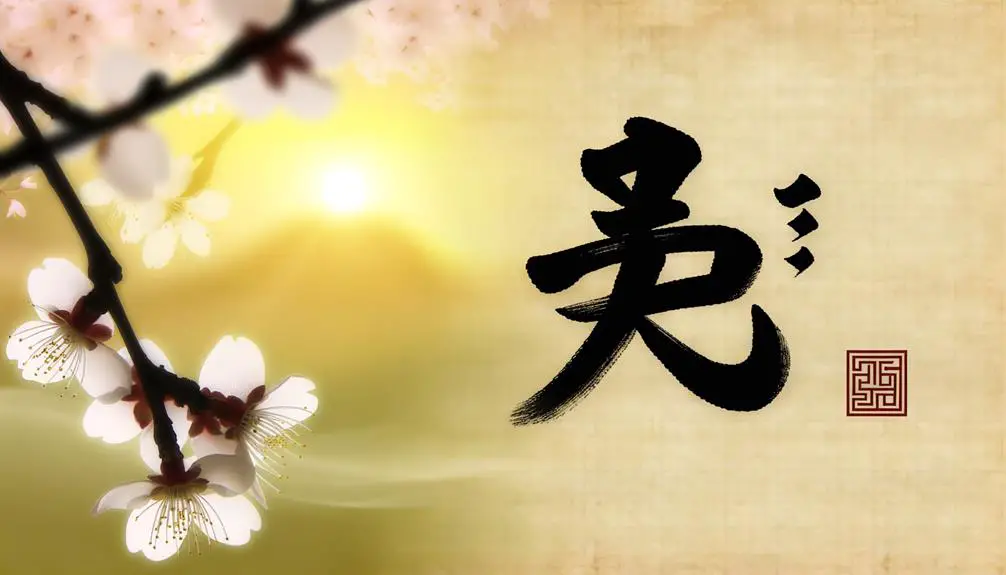
The cultural significance of the Japanese symbol for happiness is deeply rooted in traditional beliefs and practices. It often features prominently in festivals, ceremonies, and daily life as a talisman for good fortune.
In modern Japan, the symbol has transcended its historical confines to become a ubiquitous element in contemporary design, branding, and personal adornment. This reflects a blend of ancient reverence and modern aesthetics.
Analyzing this evolution provides insights into how cultural symbols adapt and persist within changing societal contexts.
Traditional Beliefs and Practices
Within the framework of Japanese culture, the symbol for happiness, 幸 (kou), embodies a profound connection to traditional beliefs and practices that emphasize the harmonious balance between individual joy and communal well-being. This symbol is deeply interwoven with various cultural rituals and philosophies, reflecting a collective ethos.
Key practices include:
- Shinto rituals: Emphasizing harmony with nature and spiritual well-being.
- Buddhist teachings: Fostering inner peace and contentment through mindful living.
- Tea ceremonies: Symbolizing tranquility and the appreciation of simple joys.
- Festivals: Celebrating communal bonds and shared happiness through traditional events.
- Feng Shui principles: Arranging living spaces to enhance positive energy and happiness.
These practices collectively underscore the cultural importance of happiness as a shared, holistic experience.
Symbol in Modern Japan
In contemporary Japan, the symbol for happiness (幸, kou) continues to hold significant cultural relevance, seamlessly integrating into various aspects of daily life and modern practices. This ideogram is prominently featured in festivals, wedding ceremonies, and New Year celebrations, acting as a talisman for prosperity and joy.
In the urban landscape, it appears in fashion, home décor, and digital media, reflecting a collective yearning for well-being amidst rapid modernization. Businesses often incorporate 幸 in branding to evoke positive customer experiences.
Analyzing its use reveals a complex interplay between traditional values and the modern pursuit of happiness, illustrating how ancient symbols adapt to contemporary societal needs while maintaining their cultural essence.
Modern Interpretations
In contemporary Japan, the symbol for happiness has undergone significant cultural evolution, reflecting changing societal values and global influences.
Modern artists frequently incorporate this symbol into their works, blending traditional aesthetics with innovative mediums to resonate with a broader, more diverse audience.
This dynamic interplay between historical context and modern expression underscores the symbol's enduring relevance and adaptability in a rapidly shifting cultural landscape.
Cultural Evolution of Symbol
The Japanese symbol for happiness has evolved in modern times, reflecting both a deep connection to traditional values and an adaptation to contemporary global influences. This evolution is a tribute to Japan's ability to honor its rich cultural heritage while embracing new interpretations.
The symbol's modern significance can be observed through various lenses:
- Technology Integration: The symbol is often used in digital communications, such as emojis and social media.
- Fashion and Design: It is frequently incorporated into modern clothing and interior design.
- Globalization: The symbol's meaning has transcended Japanese culture, gaining recognition worldwide.
- Education: Language and cultural studies often highlight this symbol in curricula.
- Commercial Use: Businesses leverage the symbol to evoke positive associations in branding and marketing.
These aspects illustrate the symbol's dynamic cultural evolution.
Contemporary Artistic Uses
Countless contemporary artists have reimagined the Japanese symbol for happiness, embedding it within diverse mediums such as graffiti, digital art, and avant-garde installations to explore its evolving cultural significance.
This symbol, historically imbued with profound cultural heritage, now finds resonance in urban landscapes, digital domains, and experimental spaces, reflecting a dynamic interplay between tradition and modernity.
In graffiti, it becomes a vibrant assertion of positivity amidst urban chaos. In digital art, it morphs through interactive designs, engaging audiences globally. Avant-garde installations utilize it to challenge conventional perceptions, often placing the symbol in unexpected contexts.
This modern interpretation underscores the adaptability of cultural icons, illustrating how traditional symbols can be recontextualized to convey contemporary societal values and emotions.
Incorporating Into Daily Life
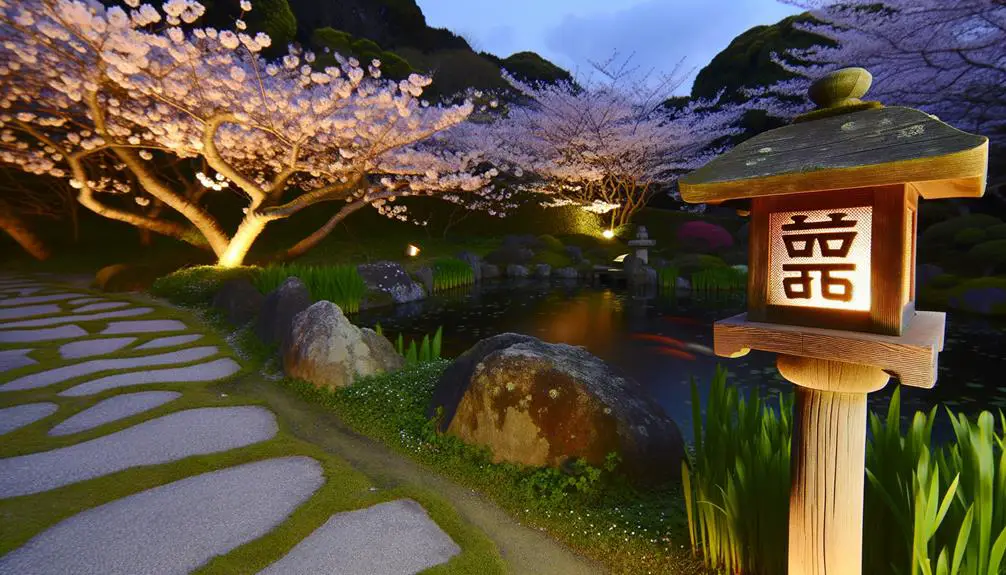
Embracing the Japanese symbol for happiness in daily routines can serve as a powerful reminder of cultural values that prioritize harmony and well-being. Rooted in a tradition where symbols carry profound meaning, integrating this emblem into everyday life can enhance mindfulness and emotional balance.
Practical applications include:
- Home Décor: Displaying the symbol in living spaces can foster a serene atmosphere.
- Personal Accessories: Wearing jewelry or clothing featuring the symbol can serve as a personal talisman.
- Meditation Practices: Visualizing the symbol during meditation can deepen inner peace.
- Workspaces: Incorporating the symbol in offices can promote a positive work environment.
- Digital Spaces: Using the symbol as a screensaver or background can provide constant reminders of positivity.
Symbol in Art and Media
Expanding beyond personal and domestic domains, the Japanese symbol for happiness has also found significant prominence in various forms of art and media, reflecting its deep-seated cultural resonance and widespread appeal. This symbol is frequently incorporated into traditional paintings, contemporary graphic design, and multimedia installations, serving as a bridge between historical significance and modern expression. Its usage in film and anime underscores its role in narrative storytelling, imbuing characters and plotlines with a cultural depth that resonates with audiences globally.
| Art Form | Usage Example | Cultural Impact |
|---|---|---|
| Traditional Paintings | Calligraphy in landscape artwork | Preserves historical aesthetics |
| Contemporary Graphics | Logos and branding | Enhances modern visual identity |
| Multimedia Installations | Interactive exhibits | Engages audience through participation |
| Film and Anime | Character tattoos, symbols | Adds cultural authenticity |
Conclusion
To sum up, the Japanese symbol for happiness, deeply rooted in historical and cultural contexts, continues to evolve in modern interpretations and daily practices.
As the saying goes, 'A picture is worth a thousand words,' this symbol encapsulates profound meanings that transcend linguistic barriers. Its presence in art and media underscores its enduring relevance and transformative power.
Analyzing the symbol's multifaceted roles reveals its integral place in cultivating positivity within Japanese society.

